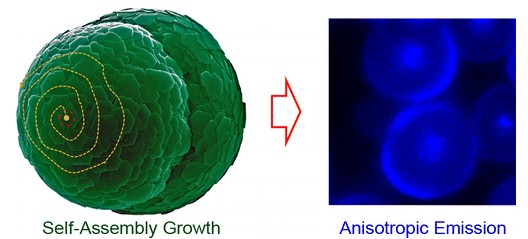| [栏目图片] |
ACS Nano Reports the Latest Research in Nano Materials by ZZULI Professors |
|||
|
|
|||
|
|||
|
According to the cover article on Nov. 19, 2013 by ACS Nano, one of the worldwide top academic journals in the Nanometer Science, a breakthrough has been made in ZnO Twin-Spheres Exposed in ±(001) Facets: Stepwise Self-Assembly Growth and Anisotropic Blue Emission by the research group headed by Li Feng, professor of the State Laboratory of Surface and Interface Science and Technology, Zhengzhou University of Light Industry. This is the first ZZULI’s scientific achievement published by ACS Nano, whose Impact Factor is 12.06 in the year of 2013. It is also another landmark achievement made by Professor Li’s team after their successful contribution in 2012 to Adv. Funct. Mater., one of the international top academic journals in the field of new materials. These achievements show ZZULI’s leading position in the research and application of new materials. The article advocates that the fragmentary and hexagonal ±(001) facets of ZnO tilt and assemble gradually for 8–12 generations to form supercrystals. The surfactant effect on the formation of ZnO supercrystals reveals that their structure stepwise evolves from prisms to dumbbells to twin-spheres exposed in ±(001) facets and eventually to twin-spheres covered with dots. A hollow ring around a prism, which connects two hemispheres of the supercrystals, is finally sealed inside each of the twin-spheres. It is also observed that the ZnO twin-spheres exhibit anisotropic blue emission in intensity attributed to their special surfaces exposed in ±(001) facets. Professor Li has long devoted himself to the study of the regulation and application of Nanomaterials structure. He has published more than 50 articles in the worldwide top academic journals.
|
|
Copyright © 2014 Zhengzhou University of Light Industry, China. All Rights Reserved. Add: No.136 Ke Xue Avenue,Zhengzhou,HenanProvince,PRC. Zip Code:450000 It is recommended that you use IE7 and above version of the browser to visit the web site. |
